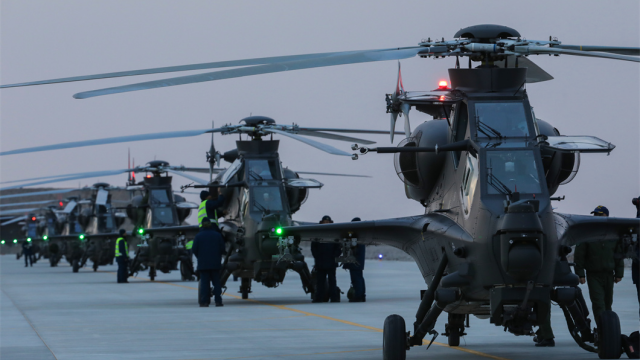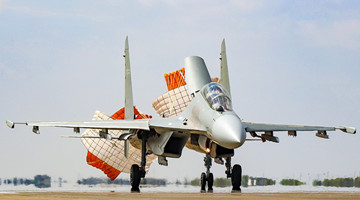By Yang Chun
The USNI News reported on March 10 that the US Department of Defense is again considering a reduction in aircraft carrier force structure as part of the upcoming Fiscal Year 2022 budget submission to Congress. In order to meet a proposed USD 704 billion to USD 708 billion topline for the first Biden Defense Department budget, the Office of the Secretary of Defense is weighing how it could build in savings by reducing the carrier force, including decommissioning the USS Harry S. Truman ahead of time, the report cited two sources as saying.
Analysts said by “leaking” its intention of meeting the budget requirement by carrier decommissioning, the Pentagon is actually putting pressure on the government to grant it more budget.
First, the Pentagon is seeking Congress’s support. Many congress members are closely linked with the shipbuilders in their constituencies, and decommissioning an aircraft carrier will exert serious negative effects on those companies and their emplyees. To ensure their votes, the congresspeople will try to stop the Biden administration from agreeing to the premature decommissioning of USS Harry S. Truman, just like how they blocked the Trump administration’s plan to decommission the carrier in 2019. Not only will history repeat itself this year, but Congress may even vindictively increase the naval budget.
Second, the Pentagon is trying to sway public opinions. The “leak” from the US military has made a big splash in the country. American media, calculating the number, claimed that spending another USD 3.4 billion to keep USS Harry S. Truman running for another 25 years is much cheaper than building a new Ford-class carrier. It seems the argument over whether to put USS Harry S. Truman out of service may very well gain the US military more funds from Congress instead of less.
Third, the Pentagon is making its own plan for military development. According to the plan previously released by the US Department of Defense, the military plans to build a “super fleet” of 500 vessels by 2045 and 355 manned surface vessels by 2035. The carrier decommissioning plan “leaked” this time doesn’t conflict with that. On the one hand, if the Pentagon is determined to decommission the carrier, it will invest more in building light carriers or small-scale naval combat platforms. On the other hand, if the US navy does secure more budget this time, it will have the resources to materialize the 2045 or 2035 plan.
The Biden administration is expected to announce the FY2022 defense budget soon, with moderate reduction being the general tone and military development priorities being the focus. The news about the carrier reduction is just a trick played by the US navy, posing as “victim”, to advance its combat capability development while covering up the frequent accidents and scandals in recent years. The budget scramble within the Pentagon will only get fiercer going forward, and its potential influence should not be underestimated.
For one thing, different services may vie more fiercely for interests. Given the general tone of austerity, America’s military services are sure to fight more fiercely for the limited budget. The army’s reform and transformation program, the navy’s expansion plan, the air force’s war-preparedness program, and the modernization program aimed at a strategic nuclear force covering the land, sea and airspace – all of them require immense investments.
For another, regional security situation is imperiled. Foreign media reported that the US Indo-Pacific Command had recently applied to Congress for USD 27 billion for six years from FY2022 to effectively deter potential rivals. American troops stationed in Europe and the Middle East also plan to spend more money on reinforcing the deployments to ramp up the deterrence. It’s likely that the US military will use the budget to kick off a new round of global arms race, which will imperil the security situation in relevant regions.









